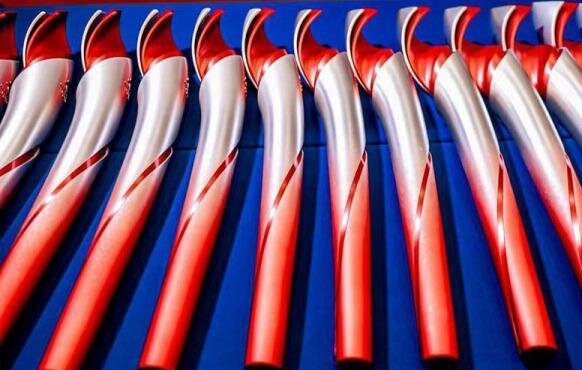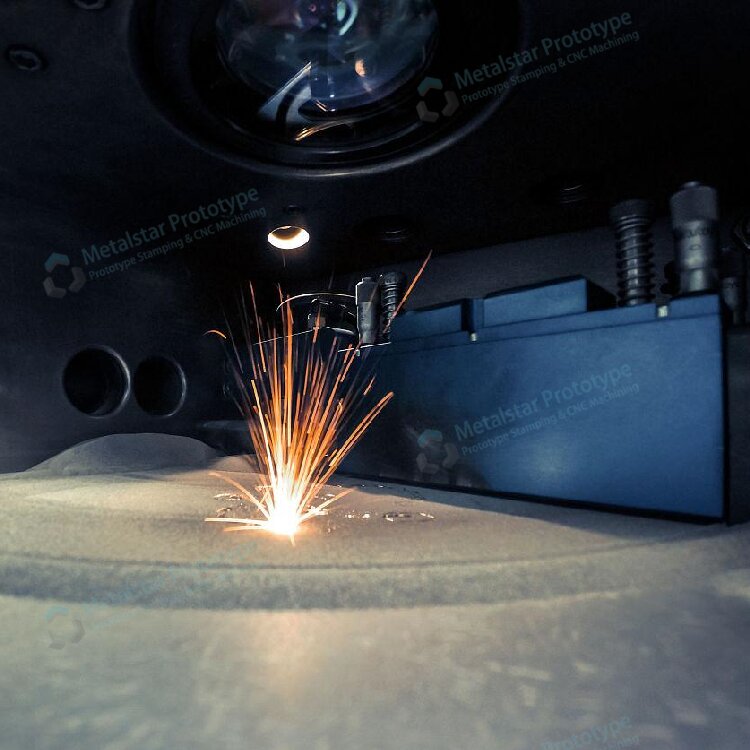Some prototyping technologies used in past Olympic Games:
For the 2020 Tokyo Olympics (which took place in 2021 due to the COVID-19 pandemic), organizers utilized a range of advanced prototyping and design tools, including:
- 3D printing – 3D printing was used to rapidly prototype and iterate on various Olympic infrastructure and equipment designs, from venue layouts to sports equipment.
- Virtual and augmented reality – VR and AR were leveraged to virtually model and test different venue configurations, spectator flows, broadcast camera positions, and more.
- Computer-aided design (CAD) software – CAD tools like AutoCAD and Rhino were used to digitally design and prototype everything from stadium seating to the iconic Olympic torch.
Moving back further, for the 2016 Rio Olympics, prototyping technologies included:
- Scaled physical models – Organizers built detailed physical scale models to test stadium designs, spectator circulation, and other logistical elements.
- Computational fluid dynamics – CFD software was used to analyze and optimize the airflow and cooling systems for indoor venues.
- Rapid prototyping – 3D printing and CNC machining were used to quickly produce and test physical prototypes of equipment, signage, and other products.
The adoption and sophistication of prototyping tools has continued to advance with each Olympic Games as organizers seek to optimize designs, reduce costs, and streamline development.


